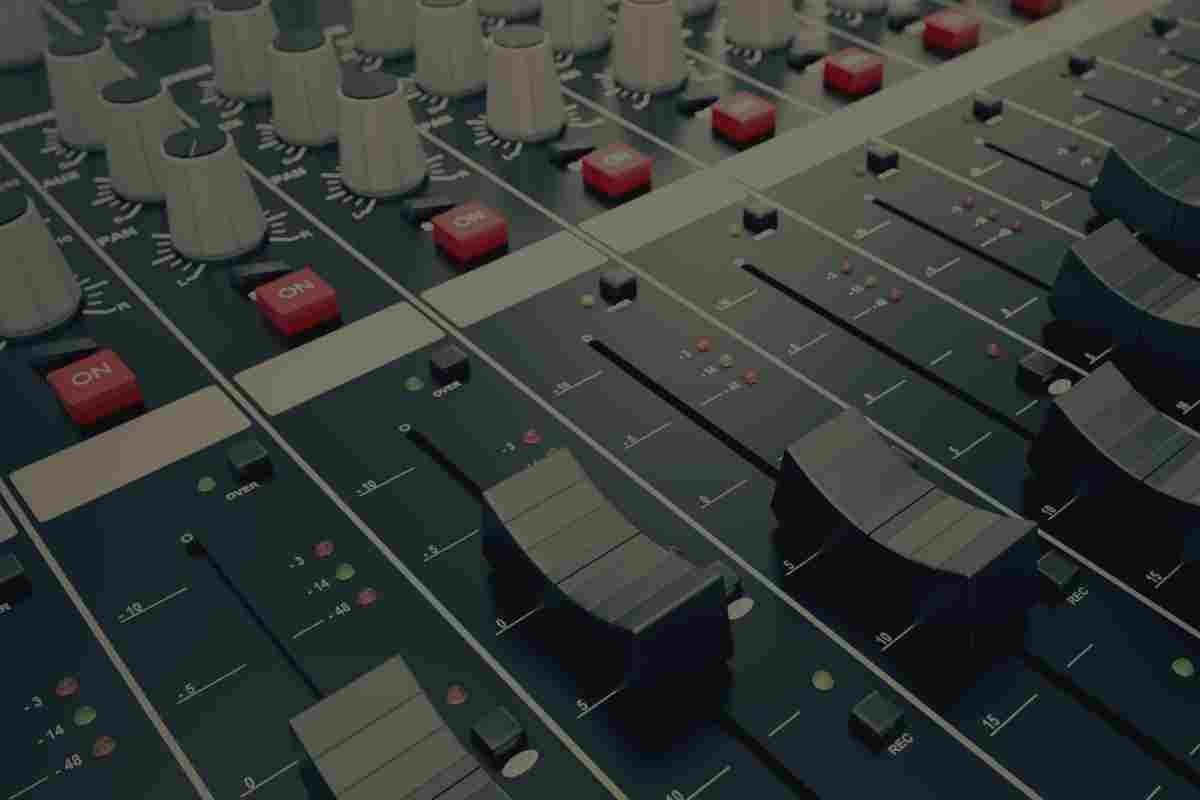
AUDIO MIXING
YOUR PREPARATION IS ABSOLUTELY CRITICAL FOR US TO BE ABLE TO PROVIDE YOU WITH A HIGH QUALITY FINISHED PRODUCT.
PLEASE READ CAREFULLY BEFORE UPLOADING YOUR JOB.
It is your responsibility to ensure the multi-tracks provided are ready for mixing. Please do not assume any tuning or timing issues will be automatically resolved. However, if a small amount of vocal tuning is desired you can provide this information. If our engineer suspects the amount of tuning or editing will seriously intrude on mix time you will be informed. Large amounts of tuning and editing will be charged for and will delay turnaround time. It is in your best interest to do any tuning and editing in your time, so that our engineers can maximize time spent mixing your song.
ACCEPTED FILES & FORMATS
We accept WAV or AIFF files at 44.1, 48, 88.2 and 96kHz; 16 or 24 bit.
We also accept Pro Tools & Logic DAW sessions (ONLY).
Please supply us with mono or stereo files, clearly named and without audio clipping. Stereo files will be counted as 2 tracks of audio, for example ‘Strings L & R’ will be counted as 2 tracks.
You will need to provide multi-tracks that are consolidated or bounced from the start point of your song (bar 1 beat 1 or start time code). All files must be of the same duration, sample rate and bit depth.
There is a 24 multi-track limit. We charged $3 per individual track over 24. A track cannot share different sounds, for example a backing vocal track with a guitar solo in the middle. If you need to bounce files to save on tracks, we suggest backing vocals and harmonies as a good place to start. Please ensure any bounces of this nature are in tune, in time and panned to your satisfaction before you bounce.
Please ensure you have uploaded all the correct multi-track files that you want to be included in your song.
We request that multi-track files are supplied dry, without reverb or effects. However, if you feel a specific effect, processing, or creative element (such as filter sweeps, delays etc) is an integral part of the sound, please provide the processed version plus a ‘dry safety’ version. This will not add to your overall track count. Please label both versions clearly and mention this in the information you provide. (We suggest that you create a reference file folder and add the ‘dry safety’ versions to it and include that folder in your session).
Print any midi/virtual instruments – we can only accept audio files.
Make sure you allow plenty of headroom when printing your multi-tracks to avoid clipping or distortion. These artifacts cannot be removed in the mix process.
In addition to as much written information as possible, you’re welcome to provide a rough mix and commercially released reference song. A commercial song is only a guide and results depend completely on the quality and style of the multi-track provided. (You can add these files to your reference file folder).
HOW DO I BOOK A MIXING SESSION?
We suggest that you call or email us with any questions or concerns regarding the services that you may need. (for accurate pricing)
HOW LONG DOES MIXING TAKE?
Mixing can take up to 5 business days. Larger albums might take longer. It just depends on the amount of business. Contact us if you have a tight deadline.
WE WILL DELIVER/SUPPLY YOU WITH A:
- Limited ‘listening’ copy at 44.1/16bit
- Unlimited mix master at original sample rate and bit depth
- Unlimited backing track at original sample rate and bit depth
- Unlimited acapella track at original sample rate and bit depth
AUDIO MASTERING
NO COMPRESSION / LIMITERS
Please do NOT use limiters/compressors on the master channel if it’s for level purposes only. Try to leave at least -3dB to -6DB of headroom (or more). This means the peaks of the signal should not exceed the -3dBFS or -6dBFS mark of your digital meter.
RECORD/BOUNCE
Record/Bounce your song in interleaved 24bit and 44khz or higher (use native rate you work on), No dither or normalize. Add extra empty bars before and after your arrangement.
FILE FORMAT
We accept WAV and AIFF files.
MP3, WMA or 16 bit WAV’s are not ideal for mastering (We will accept as a last resort)
WHAT IF I DON’T LIKE THE MASTERING?
If you are not happy with the result of the mastering we will make revisions to meet your requirements. The first revision will be done free of charge. Any other revisions after that will be charged at our standard rate. We are only happy if you are happy! Revision requests will need to be submitted no later than 7 days after the track was available in download folder. Providing us with a different mix will be charged as a new master.
HOW LONG DOES MASTERING TAKE?
Mastering usually takes 2-7 Business Days. Larger albums might take longer. It just depends on the amount of business. Contact us if you have a tight deadline.
CAN I GET A MASTERING DEMO?
Yes you can! As an introduction, we offer a free mastering demo service before making any payments. (You will receive a 1-minute sample of the master).
To get a demo you will need to upload your full track to Dropbox. Please feel free to leave specific wishes regarding sound/loudness/format etc in the upload form.
As we have not worked together before it is recommended you upload a reference track as well. We don’t accept links to tracks for demos.
HOW DO I BOOK A MASTERING SESSION?
We suggest that you email us with any questions or concerns regarding the services that you may need. (for accurate pricing)
DO YOU PROVIDE OTHER AUDIO SERVICES?
YES!
STEM MASTERING
Individual audio tracks are grouped together to allow for independent control and signal processing of each stem and can be manipulated independently from each other. Stem Mastering should only be used if there are serious problems in the final mix. Preferably you would fix these types of problems during mixdown. If you cannot go back and redo your mix Stem Mastering is the way to go.
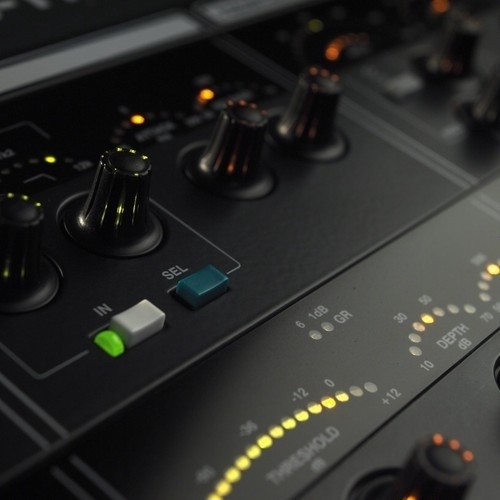

AUDIO FORENSICS
Audio Enhancement Techniques:
For audio recordings, a variety of filters can be applied to enhance the material, bringing out specific aspects or events contained in the recording.
Frequency Equalization – Highly precise equalizers can be used to boost or cut specific bands of frequencies. To help make speech more intelligible, the frequency band containing the most speech content, 200Hz-5000Hz, can be amplified or isolated. If amplification is applied to a frequency range, other information residing in this frequency range will be boosted as well. If noise resides in this same range, this noise will also be increased, limiting the ability to clarify voices. Loud background noises may be analyzed by a spectrum analyzer and the corresponding frequencies reduced so that these noises are less noticeable.
Compression – Faint sounds in the recording can be boosted by compression or leveling the signal so that dynamic range of the material is reduced, making soft sounds more apparent.
VOICE OVER PRODUCTION
Editing includes:
* Removing mouth clicks, pops, sibilance & page-turns
* Eliminating hiss, hum & electronic noise
* File separation, file transfer & file naming
* Dialogue editing & selecting the best takes
* Sound design & sound effects
* Matching recordings from different days
* Audio restoration

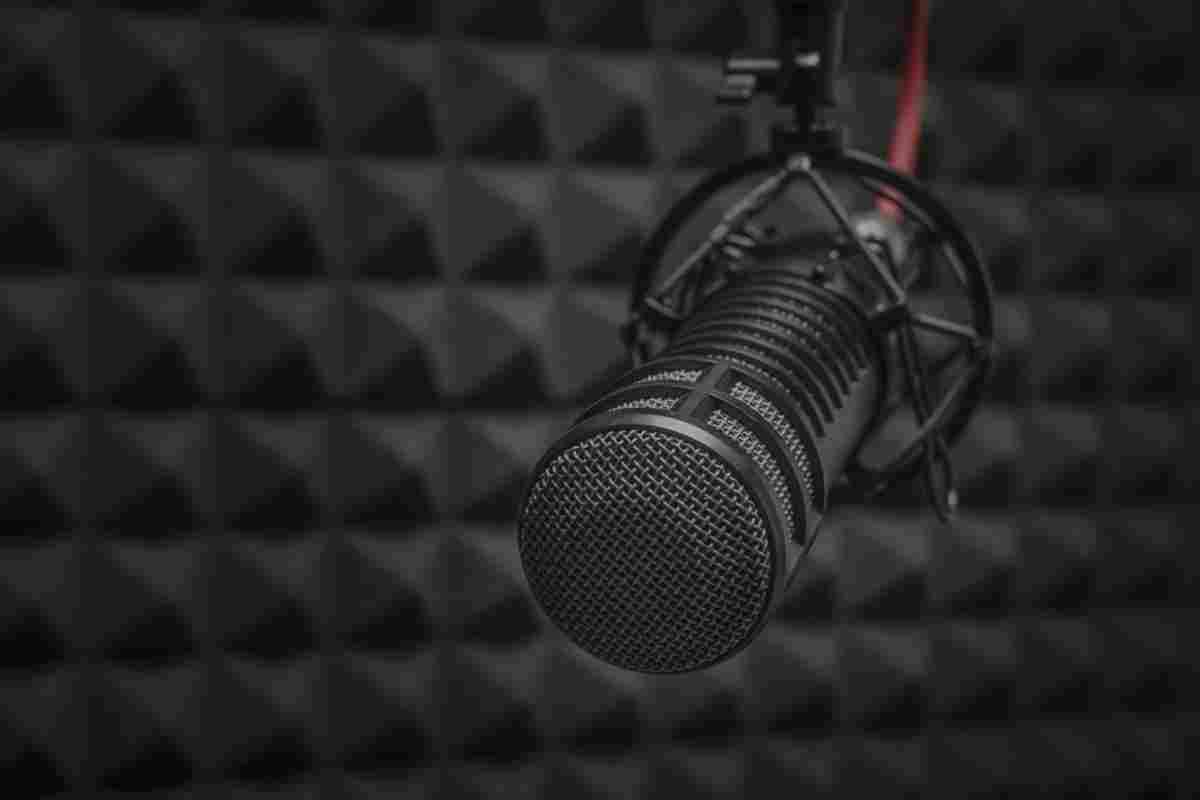
PODCAST EDITING
We provide a comfortable environment that is suitable for all your recording needs. Our staff is Professionally trained, courteous and hospitable. We also provide; a secure Source Connect and or isdn bridge to ensure that your high-quality Podcasts are seamlessly uninterrupted. We also have the ability to receive live, in-studio phone calls at no additional cost.
OUR PROFESSIONAL PODCAST EDITING SERVICES INCLUDES
- Editing out/removing “mouth clicks” (smacking), heavy breaths, long pauses, pops, sibilance, page-turns etc.
- Audio Enhancements Techniques including: vocal balancing, compression, equalization & noise reduction (hiss, hum & electronic noise removal).
- Blending your intro, outro, music bumbers and or commercials.
- Adding Album Art, Title & SEO Tags.
- Mixdown to -16 LUFS audio standard.
- High Quality MP3 conversion.
- Upload to Dropbox etc.
AUDIO RESTORATION
Audio Restoration can be performed directly on the recording medium (for example, washing a gramophone record with a cleansing solution), or on a digital representation of the recording using a computer (such as an AIFF or WAV file).
Modern audio restoration techniques are usually performed by digitizing an audio source from analog media, such as lacquer recordings, optical sources and magnetic tape. Once in the digital realm, recordings can be restored and cleaned up using dedicated, standalone digital processing units such as declickers, decracklers, dehissers and dialogue noise suppressors, or using digital audio workstations (DAWs). DAWs can perform various automated techniques to remove anomalies using algorithms to accomplish broadband denoising, declicking and decrackling, as well as removing buzzes and hums.
We use DAWs to manually remove “pops and ticks” from recordings, and the latest spectrographic ‘retouching’ techniques allow for the suppression or removal of discrete unwanted sounds. DAWs are capable of removing the smallest of anomalies, often without leaving artifacts and other evidence of their removal. Although fully automated solutions exist, audio restoration is sometimes a time consuming process that requires skilled audio engineers with specific experience in music and film recording techniques.
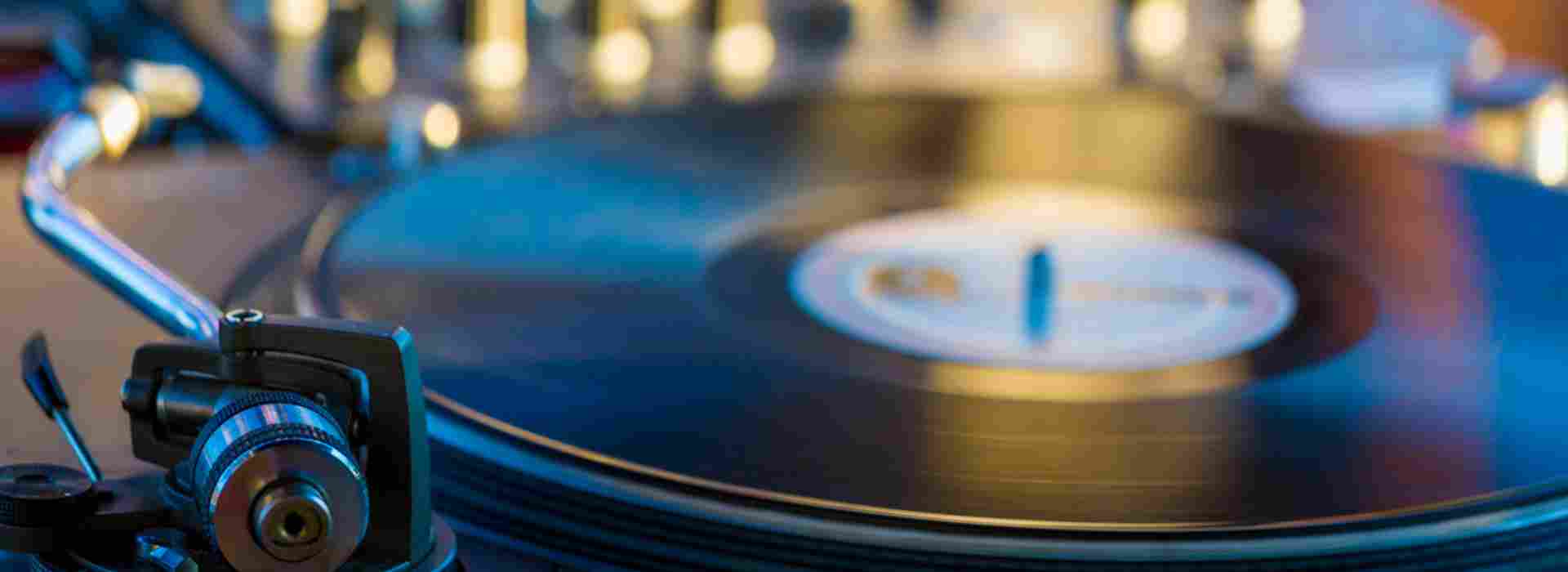

REEL TO REEL TRANSFERRING
Accepted Tape Formats:
- Track Configuration – Any 1/4″ tape in mono, stereo or 2 track format.
- Reel Size – 3 inch, 5 inch or 7 inch
- Speeds – 1 7/8, 3 3/4, 7 1/2, 15 or 30 IPS.
Whats Included: ($45 per reel)
- (1) reel up to 80 minutes or more and all the CD’s that are required to hold it
- One output option (additional outputs are $7 per reel, ie WAV or MP3)
- Marking, splicing, repairing
- Tape hiss, hum & noise reduction
- Track separation (includes removal of silence and dead-space)
- Equalization (tone)
- Normalization (volume)
- Left to right channel balancing
- High Quality transfer using professional audio equipment
- 45 day back-up
The Process:
- 1st we examined each tape for playability. If the tape is eroded or there are any other issues, we will notify you immediately.
- We then select the best playback equipment for your project. Play the tapes and digitally transfer them to our computer.
- Next we analyze and individually restore each recording using the best AD/DA conversion.
- Upon completion we create a Master File which is used to create your CD’s
- Finally after slow burning your CD Master, we properly label it and place it into a protective Slim Line Case.
Additional Copies:
- We can duplicate additional copies of your new CD for $6. They will be an exact replica of your newly transferred CD. (You have up to 45 days to order)
